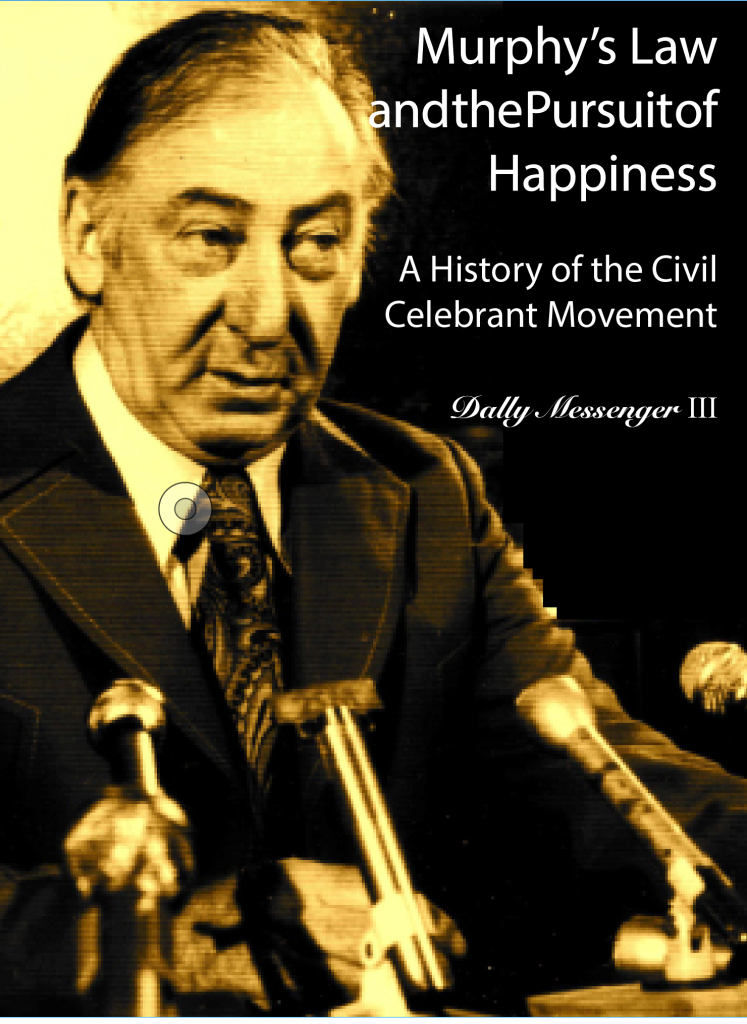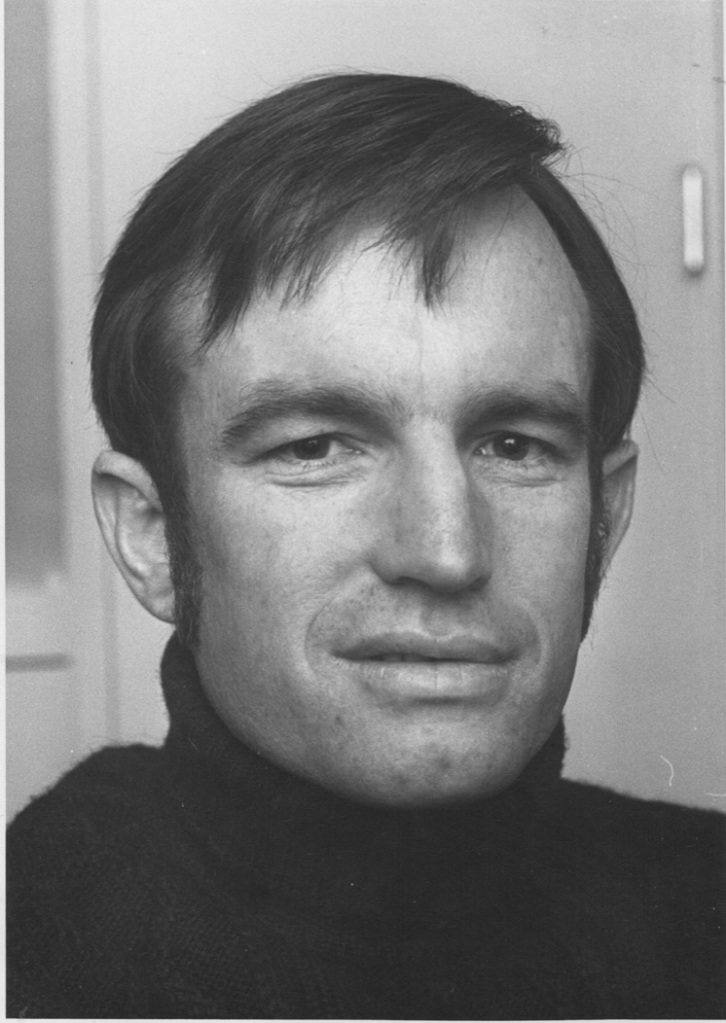Murphy’ Law and the Pursuit of Happiness: a History of the Celebrant Movement. by Dally Messenger III
Summary of the review found on – https://collegeofcelebrancy.com.au/Pages3/HistoryCMCs.html
The article titled “Murphy’s Law and the Pursuit of Happiness: A History of the Celebrant Movement to the year 2000” by Dally Messenger III provides an overview of the history and development of the celebrant movement. It emphasises the importance of understanding the history of the profession to truly appreciate and engage with the work of a celebrant.
The book is described as an ultimate resource and a valuable addition to every celebrant’s library. It has been written by Dally Messenger III, a successful celebrant who has been involved in the development of the program since its inception. The book is said to be well-researched, documented, and easy to read.
The article mentions that the book is divided into six sections or volumes. Here is a brief summary of each section:
- “The Background”: This section provides the historical context and discusses the secular ceremony, including the Registry office ceremonies, the Marriage Act of 1961, the attitude of the law and churches towards divorce, and the social changes of the 1960s.
- “The Early Years”: This section tracks the Civil Marriage Celebrant Program from its establishment to the late 1970s or early 1980s. It covers the experiences of the first celebrants, the impact of the Whitlam government’s dismissal, changing public attitudes towards divorce and remarriage, and challenges faced by celebrants.
- “Progress”: This section focuses on the development of wedding ceremonies, including the evolution of content, poetic elements, and theatrical skills of leading celebrants. It also discusses the acceptance of civil ceremonies by the public and the dignity they attained for secular and non-church individuals. It briefly touches on the naming ceremony, renewal of vows ceremony, and the initial attempt to establish gay marriage.
- “Funerals”: This section addresses the initial challenges and dissatisfaction regarding funerals, the influence of Dr. Elizabeth Kubler-Ross, the role of celebrant Diane Storey, and the involvement of celebrants in conducting funerals. It also discusses the struggle over money and time with funeral directors and the revival of standards by reforming celebrants.
- “The Fixed Fee et alia”: This section delves into struggles and political
- problems faced by celebrants. It includes the battle with the Attorney-General’s department, issues related to fixed fees, legal challenges, and the establishment of professional competencies. It also mentions the formation of the Australian Federation of Civil Celebrants and the National Council of Celebrants.
- “The Flowering”: This final section describes conferences and events that marked a growing understanding of the celebrant role. It mentions the influence of international lecturers, such as Mary Hancock and David Oldfield, and their contributions to expanding the range of ceremonies. It also discusses the rise of postgraduate diploma programs in celebrancy and the promise of reforms in celebrant selection and training.
For a more comprehensive understanding, it is recommended you buy and read the book “Murphy’s Law and the Pursuit of Happiness” by Dally Messenger III.
The book is available from the
Celebrants Centre – Yvonne Werner – weare@celebrantcentre.com.au
– 0411 128 285 –
or as an ebook from Amazon and iBooks


1 thought on “The History of Civil Celebrants”